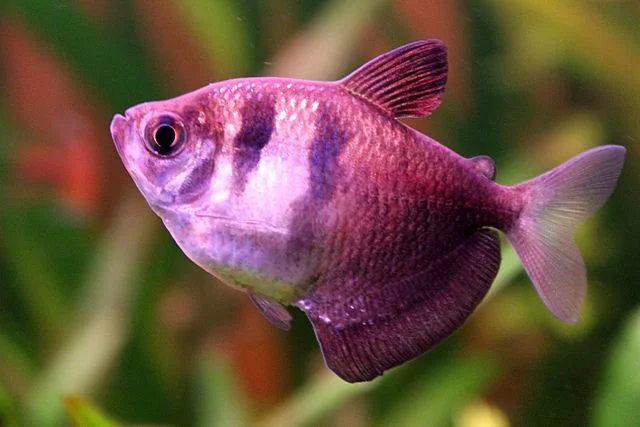by James Cook University
Australia – James Cook University researchers have been part of the first-ever successful effort to map the genome of an iconic Australian seafood species – that of the Australian black tiger prawn – which may lead to bigger and more disease resistant farmed stock in the future.
JCU Professor of Aquaculture Dean Jerry said the research came out of the ARC Industrial Transformation Research Hub for Advanced Breeding, a collaboration between JCU, the Australian Genome Research Facility (AGRF), the University of Sydney, CSIRO and Seafarms Group. The partnership aimed to improve productivity and efficiency of farming prawns through the use of genetic selection.
“The idea was to improve the capability of Australian prawn farmers to apply selective breeding practices to produce larger and healthier farmed prawns. As part of this project, we set out to sequence the genome of the black tiger prawn. The information in the genome is important for us to know, as it essentially contains the blueprint that determines the makeup and behaviour of the prawn,” said Professor Jerry.
He said one benefit of having this genome is that it can significantly help with the selective breeding efforts of prawns, similarly to what has happened with livestock and crop species over the last few thousand years.
“The prawn is a tiny animal, but its genome is almost as large as a human, and is much more complicated in its structure,” said Professor Jerry.
AGRF Bioinformatics Manager Dr Kenneth Chan said the genetic mapping process to reconstruct the genome of the black tiger prawn was diabolically tricky.
“Imagine the task of putting together a 1.9 billion piece double-sided puzzle with no borders, long repeated overlapping sections, millions of missing pieces, multiple pieces that can fit in the same place, no picture on the box to follow, and possibly lots of pieces from another unrelated puzzle,” said Dr Chan.
Stay Always Informed
Join our communities to instantly receive the most important news, reports, and analysis from the aquaculture industry.
The scientists also found something very unusual in the way the tiger prawn fought viral infections.
Dr Nick Wade, Senior Research Scientist with CSIRO explained that the Viral elements in the genome that help fight viral infections (known as the Endogenous Viral Element or EVE) is truly unique in the Australian tiger prawn.
”No EVE found in any other animal looks like this,” said Dr Wade.
“Discovery of this EVE allows for further research into understanding how prawns deal with infections by viruses and perhaps into new therapies that can be applied to make prawns more resistant to viral diseases,” he said.
Professor Jerry said the benefits of mapping the genome will come in a whole range of complementary areas.
“It radically changes the landscape for prawn research, enabling a whole suite of other functional biological studies, including on how to target particular genes for improved selection outcomes, through to precision genome engineering,” said Professor Jerry.
Contacts
Professor Dean Jerry
E: dean.jerry@jcu.edu.au
Reference (open access)
Roger Huerlimann, Jeff A Cowley, Nicholas M Wade, Yinan Wang, Naga Kasinadhuni, Chon-Kit Kenneth Chan, Jafar S Jabbari, Kirby Siemering, Lavinia Gordon, Matthew Tinning, Juan D Montenegro, Gregory E Maes, Melony J Sellars, Greg J Coman, Sean McWilliam, Kyall R Zenger, Mehar S Khatkar, Herman W Raadsma, Dallas Donovan, Gopala Krishna, Dean R Jerry. Genome assembly of the Australian black tiger shrimp (Penaeus monodon) reveals a novel fragmented IHHNV EVE sequence. G3 Genes|Genomes|Genetics, 2022; DOI: 10.1093/g3journal/jkac034 https://academic.oup.com/g3journal/advance-article/doi/10.1093/g3journal/jkac034/6526390
Editor at the digital magazine AquaHoy. He holds a degree in Aquaculture Biology from the National University of Santa (UNS) and a Master’s degree in Science and Innovation Management from the Polytechnic University of Valencia, with postgraduate diplomas in Business Innovation and Innovation Management. He possesses extensive experience in the aquaculture and fisheries sector, having led the Fisheries Innovation Unit of the National Program for Innovation in Fisheries and Aquaculture (PNIPA). He has served as a senior consultant in technology watch, an innovation project formulator and advisor, and a lecturer at UNS. He is a member of the Peruvian College of Biologists and was recognized by the World Aquaculture Society (WAS) in 2016 for his contribution to aquaculture.




